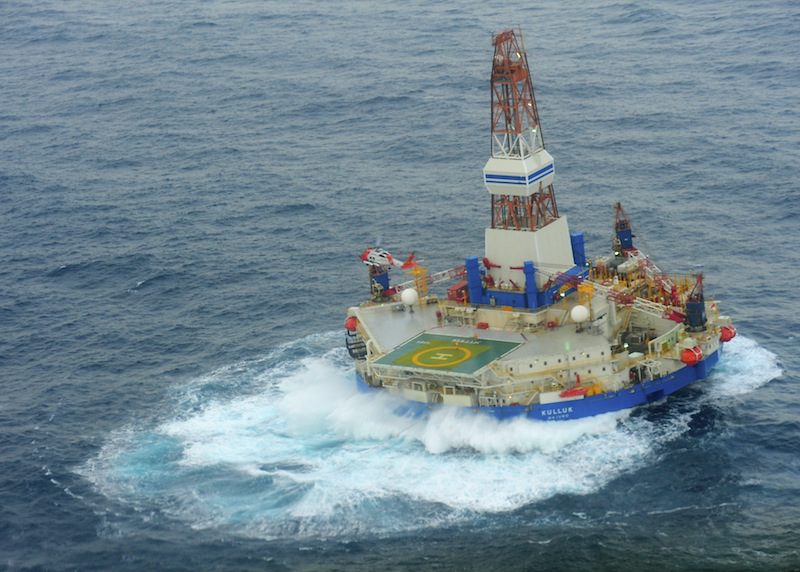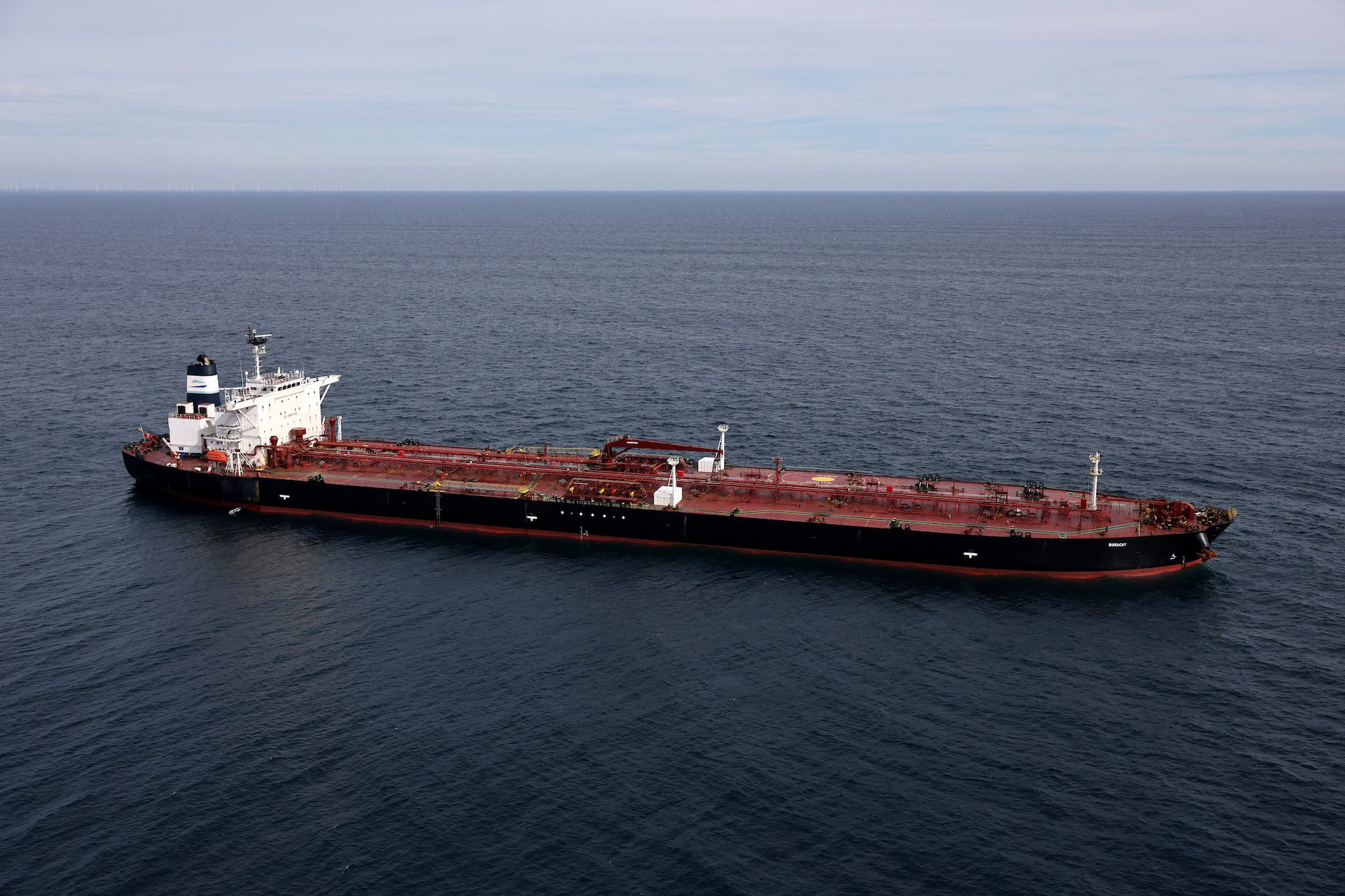A Coast Guard helicopter crew conducts hoists of 18 crewmen from the Kulluk rig, 80 miles southwest of Kodiak City, Alaska, December 29, 2012. U.S. Coast Guard Photo
The National Transportation Safety Board has determined that inadequate planning by Shell ultimately led to the grounding of the the company’s Kulluk drilling rig in Alaska in 2012.
The Shell owned ice-class mobile offshore drilling unit Kulluk grounded in heavy weather near Ocean Bay on the eastern coast of Sitkalidak Island off Kodiak on December 31, 2012 after breaking free from a tow.
After completing drilling operations for Shell in the Beaufort Sea north of Alaska during the summer of 2012, the Kulluk departed Captain’s Bay near Unalaska headed for Seattle, Washington under tow by the ice-class AHTS Aiviq 10 days prior to the grounding.
On December 27th, with winds up to 20 knots and swells to 25 feet, the tow gear connecting the Aiviq to the Kulluk failed, setting off a series of events that eventually led to the grounding of the rig at 2040 local time on December 31, 2012.
In its Marine Accident Brief into the incident, the NTSB determined that the probable cause of the grounding was Shell’s inadequate assessment of the risk for its planned tow, resulting in implementation of a tow plan insufficient to mitigate that risk.
“No single error or mechanical failure led to this accident. Rather, shortcomings in the design of a plan with an insufficient margin of safety allowed this accident to take place. The plan was created to move the MODU at a time of year with a known likelihood of severe weather conditions for reasons unrelated to operational safety,” the Marine Accident Brief said.
“The series of failures that led to this accident began when Shell failed to fully address the risks associated with a late December tow in Alaskan waters, and ended with the grounding of the Kulluk. Although multiple parties were involved in the review and approval of the tow plan, the final decision to approve and carry out the tow was Shell’s,” the Brief added.
Four crewmembers on the Aiviq sustained minor injuries as a result of the accident.
The Kulluk was eventually pulled from the beach at Sitkalidak Island and transported to southeast Asia where it was scrapped.
This summer, Shell plans to return to the Alaskan arctic for its first attempt drill for oil there since summer 2012.
The full NTSB Marine Accident Brief can be found HERE (opens as pdf).

 Join The Club
Join The Club











